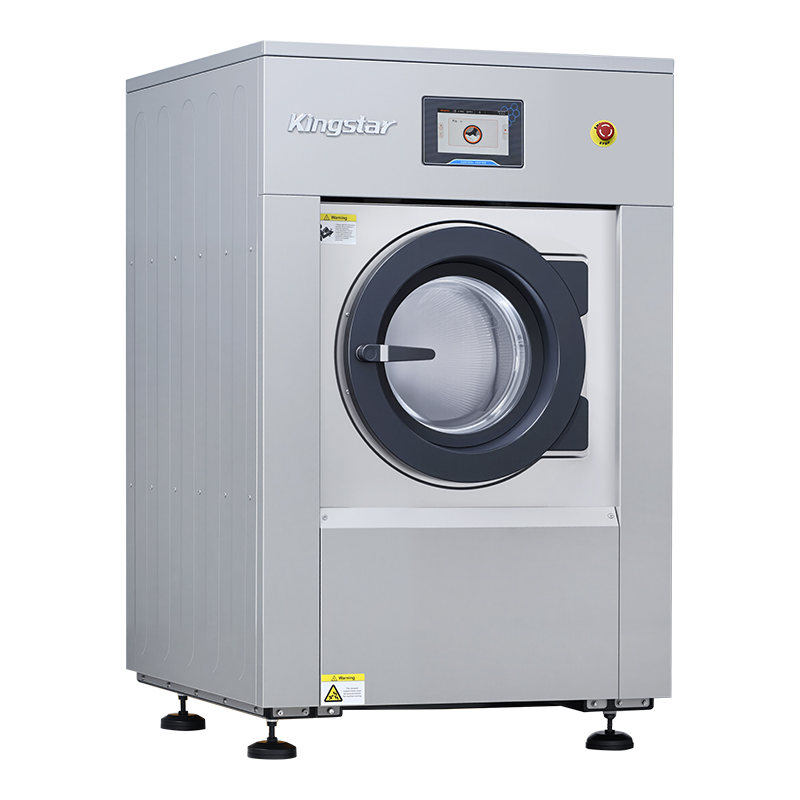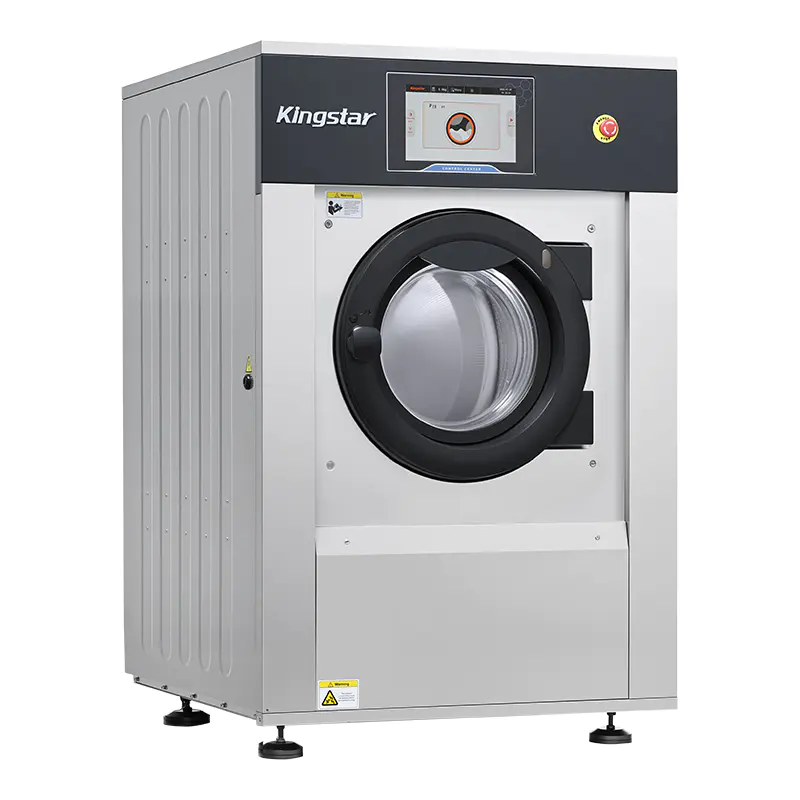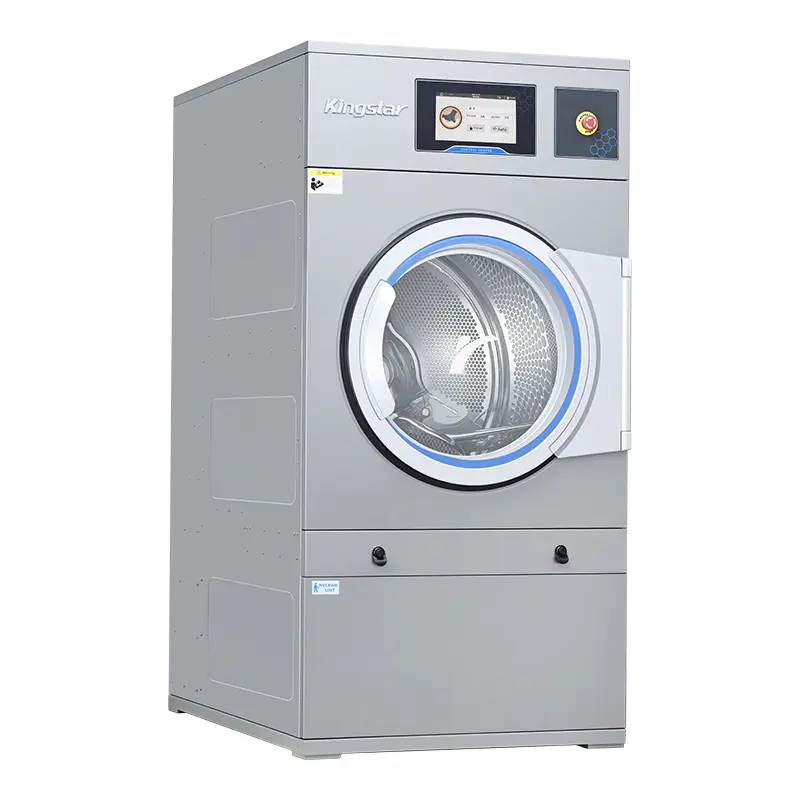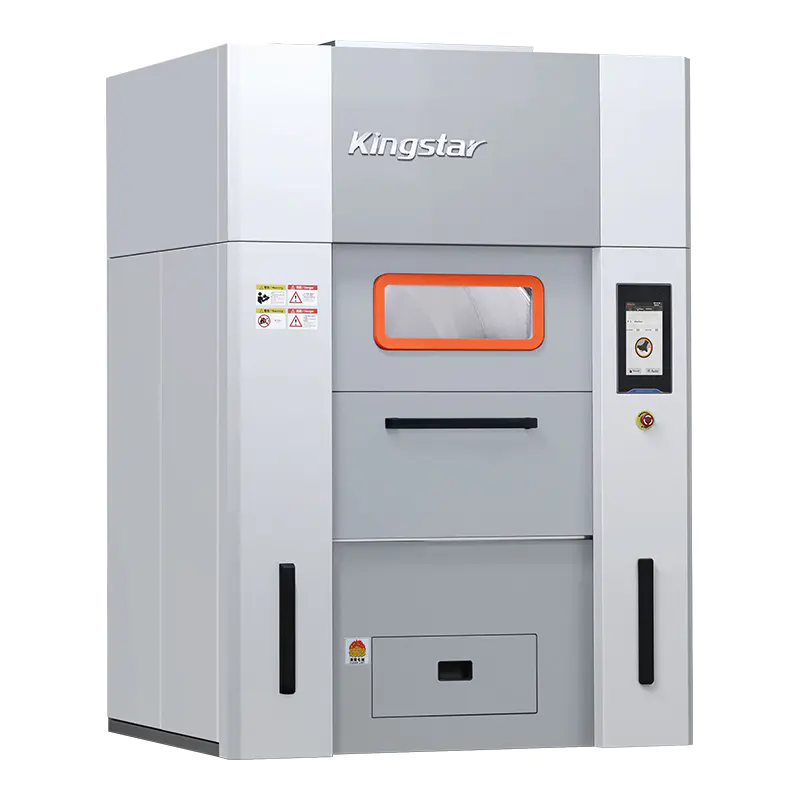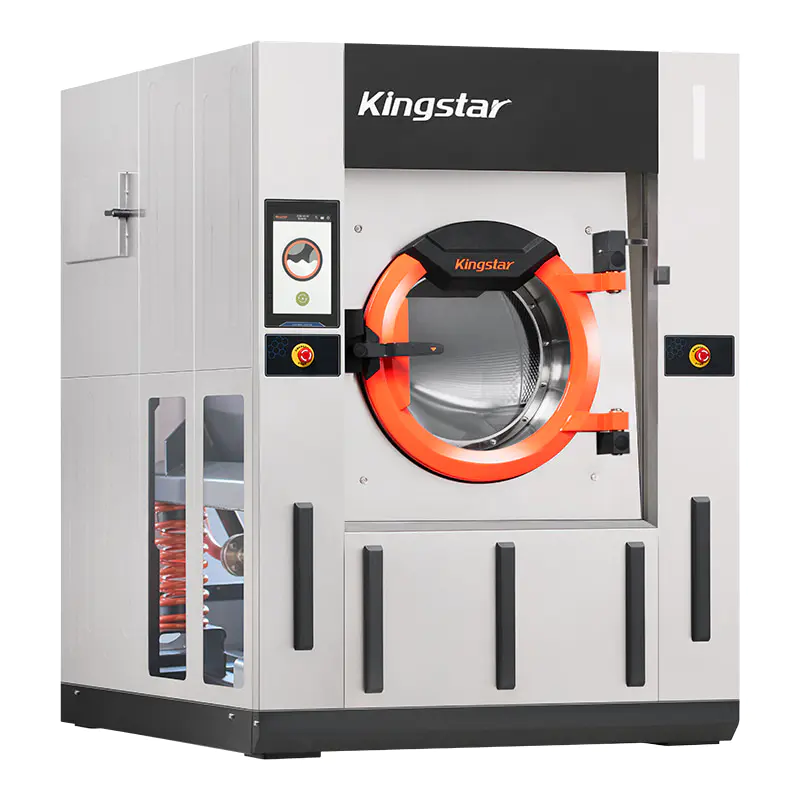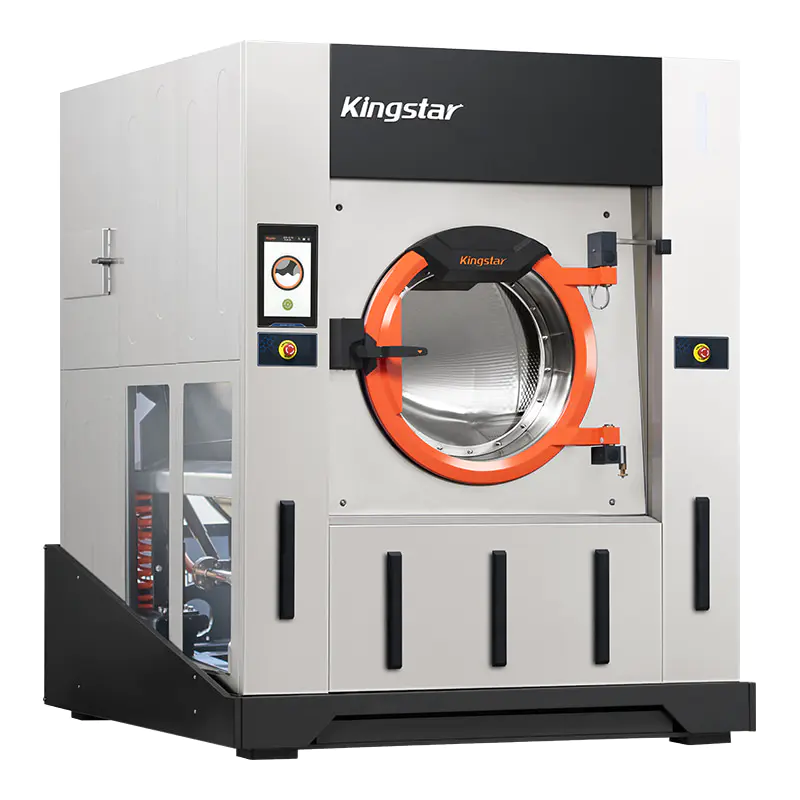
Does using a 25kg commercial dryer in a high humidity area affect its efficiency?
In high humidity areas, the moisture content in the air is high, which does have a certain impact on the operating efficiency of commercial drying equipment. Taking a 25 kg capacity commercial dryer as an example, under such environmental conditions, the challenges faced during its operation are mainly concentrated on the moisture discharge speed, the burden on the heating system, and energy consumption control.
In a high humidity environment, since the outside air itself contains a lot of moisture, the air inhaled by the dryer during operation cannot quickly remove the moisture from the fabric. This will make the moisture evaporate from the fabric more slowly, thereby extending the overall drying time. Even if the dryer is equipped with a multi-speed temperature control and wind adjustment system, it cannot completely eliminate the impact of high air humidity. In this case, the operating time of the equipment is often extended while maintaining continuous heating and blowing.
A high humidity environment increases the load on the heating system. In order to dry the fabric to the appropriate state, the machine needs to continuously maintain heat output to keep the internal temperature within the set range. However, since moisture is not easy to evaporate, the heating system must operate longer to maintain drying efficiency. This not only increases the energy consumption level, but also places higher requirements on the durability of equipment components. Especially in scenarios of continuous high-intensity use, the internal parts of the equipment, such as heating tubes, transmission devices, and temperature control modules, may face more frequent wear and tear.
The dehumidification system also needs to have stronger performance in high-humidity environments. In this case, the traditional air-cooled dehumidification system may not be able to efficiently discharge humid air outside the machine. If the dehumidification system is not designed properly or the exhaust duct is not set smoothly, water vapor may accumulate inside the equipment, which will not only affect the drying effect, but also cause condensation inside the machine, and even pose a potential threat to the circuit system. Therefore, when designing such commercial dryers, equipment manufacturers usually adopt more efficient dehumidification ducts and multiple ventilation solutions to improve adaptability under high humidity conditions.
Although high humidity will affect the drying efficiency, the normal operation of the equipment can still be guaranteed through reasonable use and maintenance. Operators should ensure that the vents are unobstructed before use, and clean the filters and ducts regularly to maintain air circulation. At the same time, the equipment should be used in an environment with good ventilation conditions as much as possible, or with a dehumidification system for auxiliary treatment to reduce the impact of the external environment on the efficiency of the equipment.
25 kg commercial dryers do face the problem of reduced efficiency in high humidity areas due to high air moisture saturation, but this does not mean that the equipment is not competent for the task. The key lies in whether the user reasonably configures the use conditions according to the characteristics of the environment and chooses products with adaptive design. As long as it is scientifically operated and regularly maintained, the drying equipment can still meet the efficiency and stability requirements of commercial places.
ADD:No.388 Xinggang Road, Chongchuan District, Nantong City, 226000, Jiangsu Province, China.
-
Phone: +86-13917089379
-
Tel:+86-13917089379
-
Fax:+86-0513-85663366
-
E-mail:[email protected]
